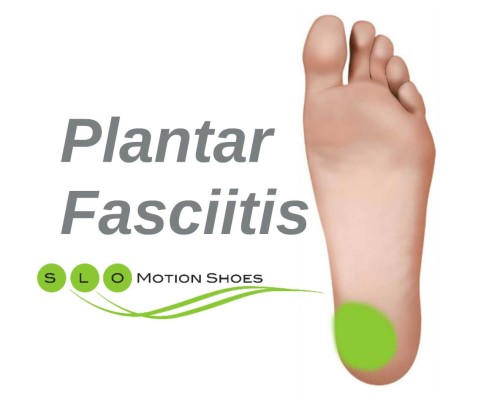
Plantar fasciitis is characterized by a sharp stabbing pain at the heel and is the most common cause of adult heel pain.
The plantar fascia is a broad based ligament that originates from the bottom of the heel bone and fans out attaching to the base of the toes. Excessive mechanical stresses on the ligament can cause injury to the ligament at the level of attachment to the heel bone.
Symptoms
- Sharp pain at the heel
- Pain and stiffness in the morning or after long periods of sitting
- Heel and achilles pain while going up stairs
Causes
- Plantar Fascia, Achilles, or Calf Tightness
- Flat feet or high arches
- Ill fitting shoes
- Overweight
Plantar Fasciits: Causes, Diagnosis, and Treatment
Plantar Fasciits Treatment: Low Dye Taping
Plantar Fasciits Treatment: Night Splints
Plantar fasciitis is the most common cause of adult heel pain. It accounts for 10% of all foot and ankle healthcare visits to lower extremity healthcare specialists
The plantar fascia is a broad based ligament that originates from the bottom of the heel bone and fans out attaching to the base of the toes. Excessive mechanical stresses on the ligament can cause injury to the ligament at the level of attachment to the heel bone.
The “itis” in plantar fascitis denotes inflammation of this ligament as it attaches to the heel bone. Pain associated with this inflammation is noted typically to the bottom aspect the heel bone. Pain is typically worse with initial rising from a sitting position such as getting out of bed in the morning or pain noted after arising from a prolonged sitting period. X-rays are rarely indicated in the diagnosis of this condition.
The cause of plantar fasciitis has much more to do with inherited foot mechanics and abnormal stress placed on the plantar fascia. Abnormal foot pronation which can cause increase stress to the plantar fascia appears to be one of the main reasons for developing this injury. Other contributing factors including non supportive shoe gear, poor conditioning while returning too quickly to athletic activity and excessive body weight have an influence in its development.
The combination of decreasing the stress on the plantar fascia with a supportive shoe and orthotic as well as the use of anti-inflammatory medications including the potential use for cortisone injections are critical mainstays of treatment. Absolutely no barefoot, slippers or sandals should be used during this period of time. Secondary treatments including custom foot orthotics, physical therapy, walking casts and in rare incidence surgical care may be required to achieve full relief of pain. Short term low impact activity for exercise including bike, elliptical trainer and swimming will augment the recovery effort.
Throwing the “kitchen sink” at this condition with a comprehensive care plan generally allows a quicker return to pain free activity.







